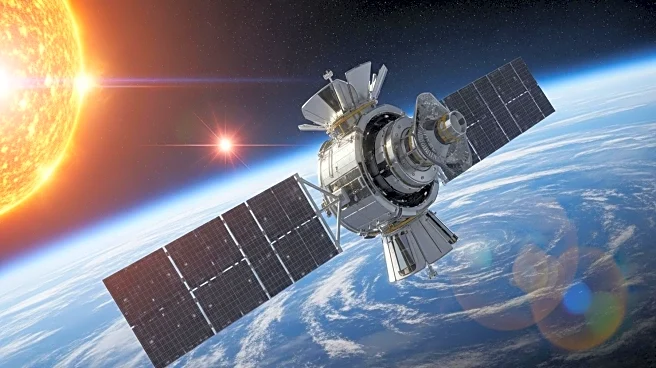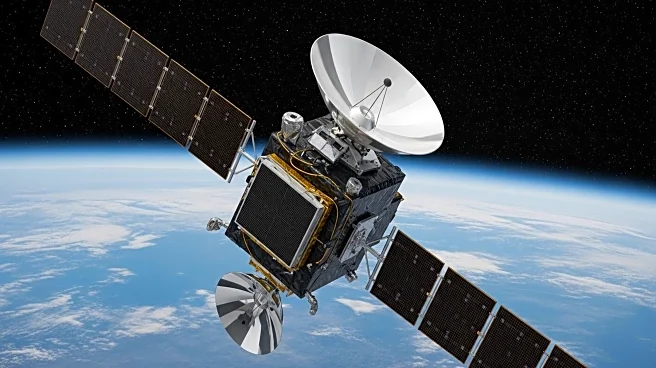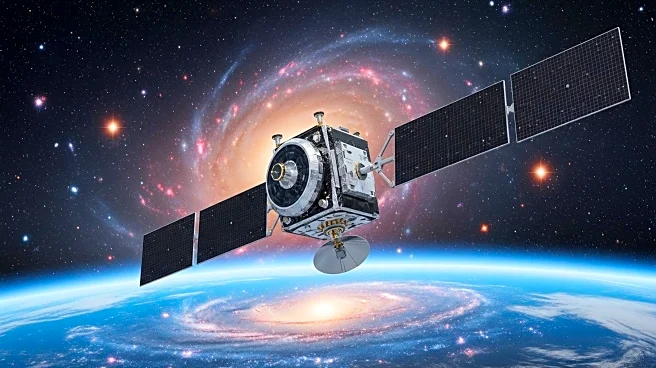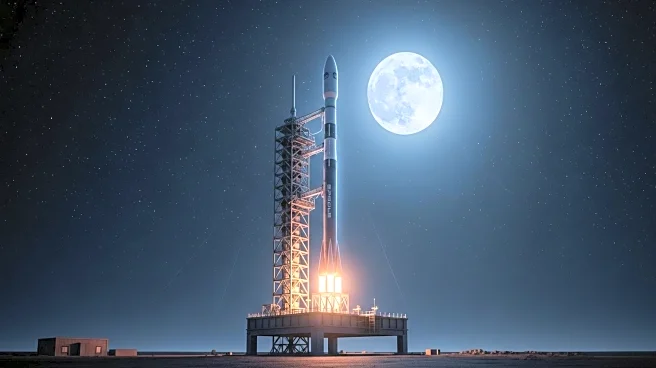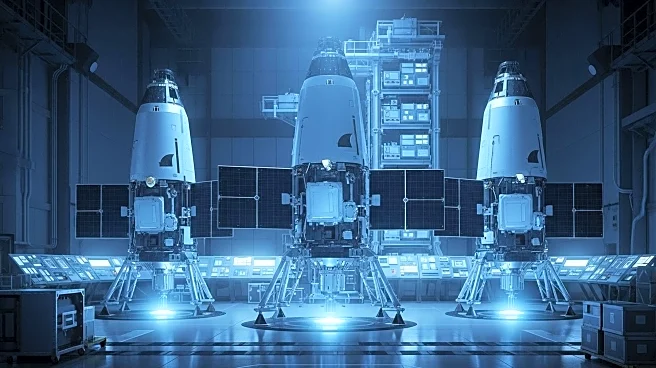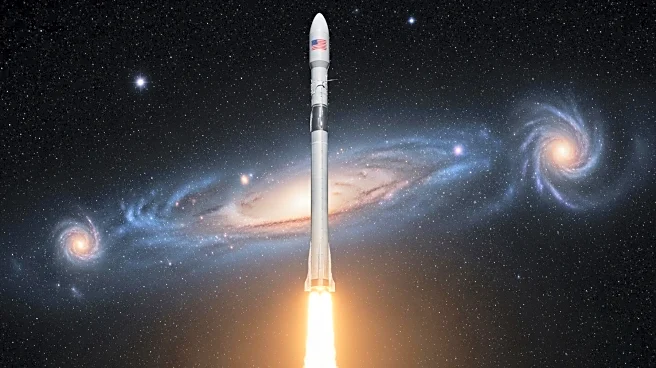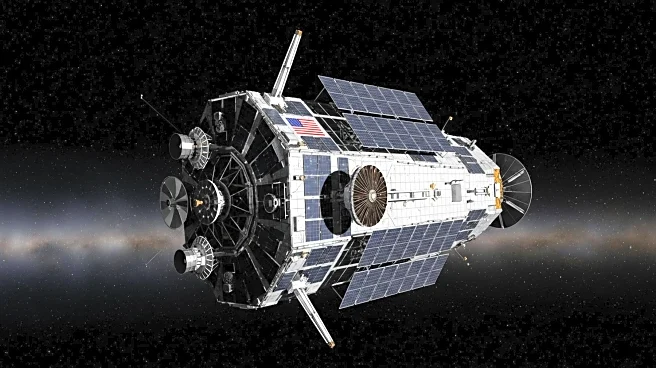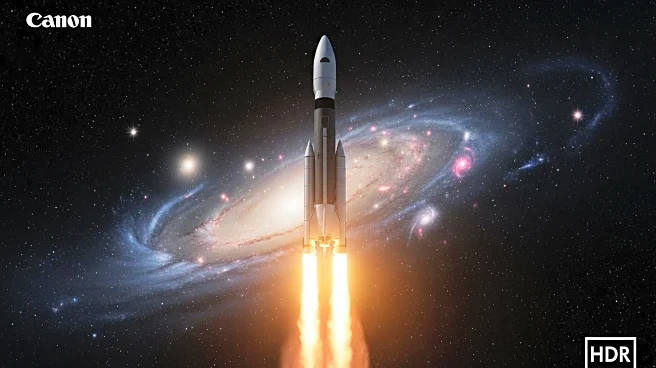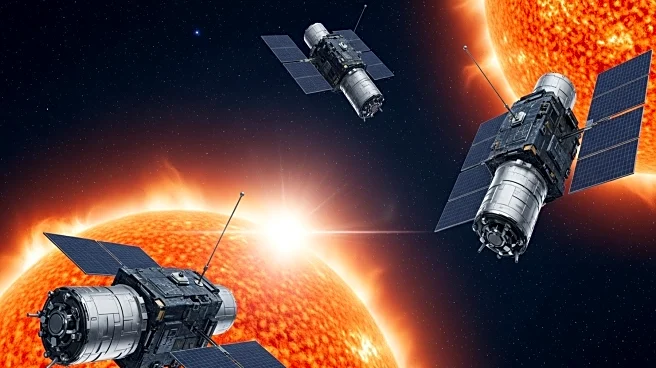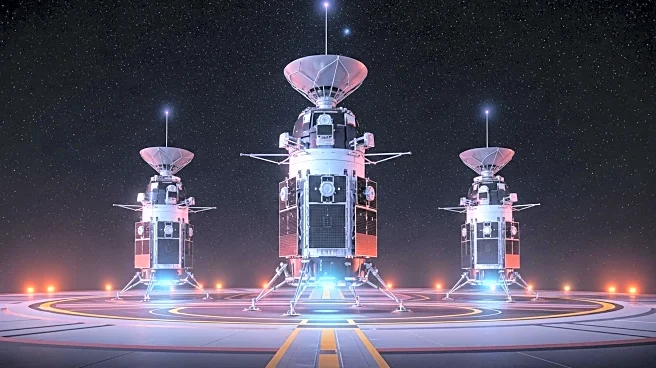What's Happening?
NASA has launched the Carruthers Geocorona mission to study Earth's exosphere, the outermost atmospheric layer. The mission aims to capture images of the geocorona, a faint glow produced by hydrogen atoms interacting with sunlight. The spacecraft, launched aboard a SpaceX Falcon 9 rocket, will provide continuous video of the exosphere's dynamics. Understanding the exosphere is crucial for predicting space weather events and protecting astronauts on missions to the moon and Mars. The mission is named after Dr. George Carruthers, who first captured images of the geocorona during the Apollo 16 mission.
Why It's Important?
The Carruthers Geocorona mission is significant for advancing our understanding of Earth's atmospheric layers and their interactions with solar activity. This knowledge is vital for predicting and mitigating space weather events that can impact satellite operations and astronaut safety. The mission also contributes to the search for habitable exoplanets by studying hydrogen escape processes. By deepening our understanding of Earth's atmosphere, NASA is enhancing its ability to protect future space missions and explore the potential for life beyond our planet.
What's Next?
The Carruthers Geocorona spacecraft will travel to Lagrange Point 1, providing an uninterrupted view of the sun. After a month of testing, the mission will begin its two-year science phase in March 2026. The data collected will inform future space weather predictions and contribute to the search for habitable planets. NASA will continue to monitor the exosphere's response to solar activity, refining models and strategies for protecting space missions.

